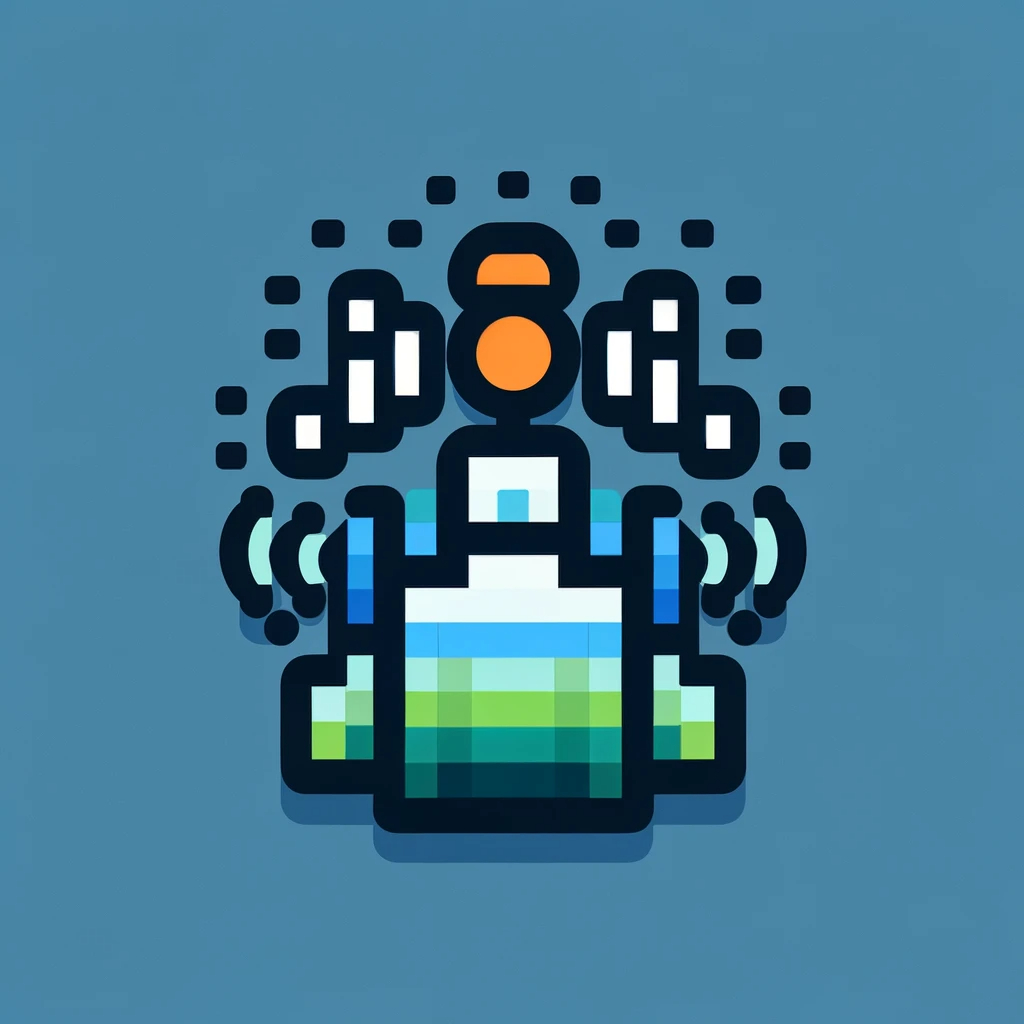218 reads
Holistic Evaluation of Text-to-Image Models: Author contributions, Acknowledgments and References
by
October 12th, 2024
Audio Presented by

Research & publications on Auto Encoders, revolutionizing data compression and feature learning techniques.
Story's Credibility

About Author
Research & publications on Auto Encoders, revolutionizing data compression and feature learning techniques.